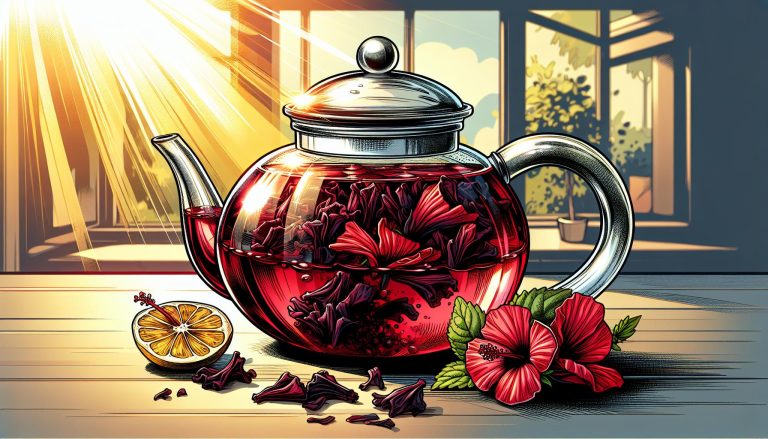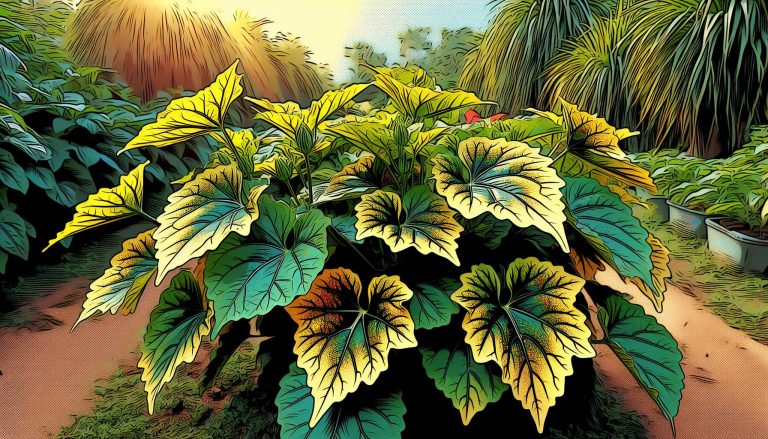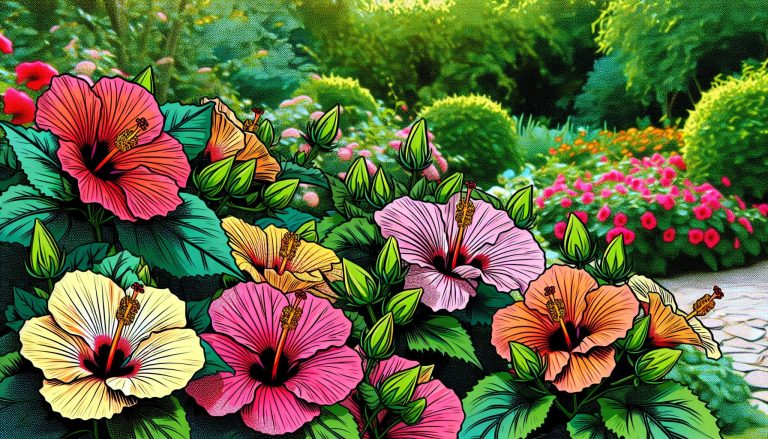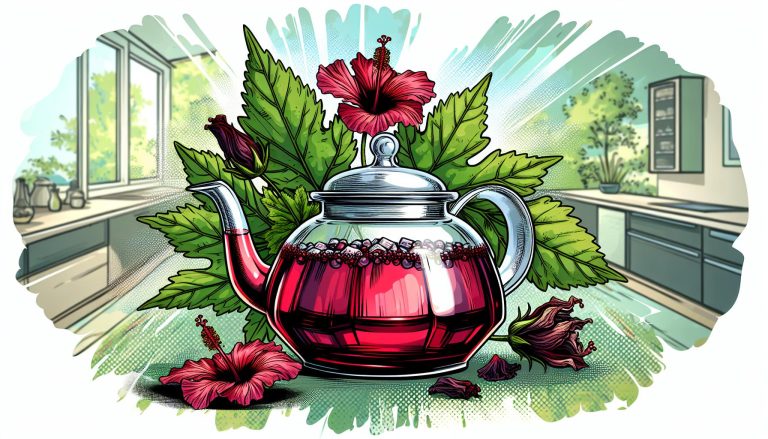Hibiscus Sun Requirements: How Much Light Do These Vibrant Blooms Really Need?
As a passionate gardener, I’ve always been captivated by the vibrant beauty of hibiscus flowers. These tropical stunners can transform any garden into a colorful paradise. But when it comes to their sunlight requirements, many gardeners find themselves puzzled.
I’ve often been asked, “Do hibiscus need full sun?” It’s a crucial question that can make or break your hibiscus growing success. In this article, I’ll dive into the sunlight needs of hibiscus plants, drawing from my years of experience and extensive research. Whether you’re a seasoned gardener or just starting out, understanding these requirements will help you create the perfect environment for your hibiscus to thrive.
Understanding Hibiscus Sun Requirements
Hibiscus plants have varying sun requirements based on their species and cultivars. I’ll break down the different types of hibiscus and their general sun exposure needs to help you provide optimal growing conditions for these stunning flowers.
Types of Hibiscus Plants
Hibiscus plants come in three main categories:
- Tropical hibiscus: Native to warm regions, often grown as houseplants in cooler climates.
- Hardy hibiscus: Cold-resistant perennials that can survive in USDA zones 4-9.
- Rose of Sharon: Deciduous shrubs that thrive in temperate climates.
Each type has unique characteristics and sun requirements, which I’ll explain in detail to ensure you choose the right variety for your garden.
General Sun Exposure Needs
Hibiscus plants generally prefer full sun exposure, but the specifics vary:
- Tropical hibiscus: 6-8 hours of direct sunlight daily
- Hardy hibiscus: 6-8 hours of full sun, tolerates partial shade
- Rose of Sharon: 6+ hours of full sun, adapts to partial shade
While these guidelines apply to most hibiscus plants, factors like climate, soil conditions, and specific cultivars can influence their sun tolerance. I’ll provide tips on how to assess your hibiscus’ individual needs and adjust sun exposure accordingly.
Full Sun vs. Partial Shade for Hibiscus
Understanding the balance between full sun and partial shade is crucial for hibiscus growth. I’ve observed that while hibiscus generally thrives in full sun, certain varieties benefit from some shade, especially in hot climates.
Benefits of Full Sun Exposure
Full sun exposure offers several advantages for hibiscus plants:
- Increased bloom production
- Vibrant flower colors
- Stronger stem growth
- Enhanced disease resistance
- Improved overall plant health
Hibiscus plants receiving 6-8 hours of direct sunlight daily typically produce more flowers with richer hues. The abundant light energy promotes robust stem development, making the plants more resilient to environmental stressors and less susceptible to diseases.
Advantages of Partial Shade
Partial shade can be beneficial for hibiscus plants in specific situations:
- Protection from intense afternoon sun
- Reduced water stress
- Extended bloom duration
- Prevention of leaf scorching
- Improved performance in hot climates
In regions with scorching summers, partial shade during the hottest part of the day helps prevent leaf burn and reduces water loss. This can result in longer-lasting blooms and healthier foliage. Some hibiscus varieties, particularly those with delicate flowers, perform better with filtered light or morning sun followed by afternoon shade.
Factors Affecting Hibiscus Sun Tolerance
Several key factors influence how much sun hibiscus plants can tolerate. I’ll explore two critical aspects that impact hibiscus sun requirements: climate and geographic location, and soil conditions and moisture.
Climate and Geographic Location
Climate and geographic location play crucial roles in determining hibiscus sun tolerance. In cooler regions, hibiscus benefit from full sun exposure to maximize growth and blooming. Hot climates often necessitate some afternoon shade to prevent leaf scorch and flower damage. Coastal areas with moderate temperatures allow for more sun exposure, while inland locations with extreme heat may require additional protection. Elevation also affects sun tolerance, with higher altitudes typically allowing for more direct sunlight due to cooler air temperatures.
Soil Conditions and Moisture
Soil conditions and moisture levels significantly impact hibiscus sun tolerance. Well-draining, nutrient-rich soil helps hibiscus withstand more sun exposure by promoting healthy root systems. Sandy soils drain quickly, potentially increasing the need for shade to prevent moisture loss. Clay soils retain water, which can lead to root rot in full sun conditions. Proper soil moisture is essential; consistently moist (not waterlogged) soil helps hibiscus tolerate more sun. Mulching around the base of the plant aids in moisture retention and root temperature regulation, enhancing overall sun tolerance.
Signs of Improper Sun Exposure in Hibiscus
Recognizing signs of improper sun exposure is crucial for maintaining healthy hibiscus plants. I’ll discuss the symptoms of both excessive and insufficient sunlight to help you identify and address these issues promptly.
Symptoms of Too Much Sun
Excessive sun exposure can cause significant stress to hibiscus plants. Here are key indicators:
- Leaf discoloration: Leaves turn yellow or develop brown, crispy edges
- Wilting: Plants droop despite adequate watering
- Flower damage: Blooms fade quickly or appear smaller than usual
- Stunted growth: New growth slows or stops entirely
- Leaf drop: Plants shed leaves prematurely, especially older ones
- Sunscald: White or brown patches appear on leaves or stems
Indicators of Insufficient Sunlight
Insufficient sunlight can lead to several problems for hibiscus plants:
- Leggy growth: Stems become elongated and weak as plants stretch for light
- Reduced flowering: Fewer blooms or smaller flowers than normal
- Pale leaves: Foliage appears lighter green or yellowish
- Slow growth: Overall plant development is sluggish
- Leaf drop: Lower leaves may fall off due to lack of energy
- Increased susceptibility: Plants become more prone to pests and diseases
By monitoring these signs, I ensure my hibiscus plants receive the optimal amount of sunlight for healthy growth and vibrant blooms.
Best Practices for Hibiscus Sun Management
I’ve discovered that managing sunlight exposure is crucial for hibiscus health and bloom production. Here are some best practices I’ve developed through years of experience growing these stunning flowers.
Ideal Planting Locations
Selecting the right spot for your hibiscus is essential. I’ve found that south-facing areas provide optimal sunlight in most regions. For tropical hibiscus, I plant them in locations that receive 6-8 hours of direct sunlight daily. Hardy hibiscus and Rose of Sharon varieties often thrive in spots with morning sun and afternoon shade. In coastal areas, I’ve successfully grown hibiscus in full sun locations due to the moderating effect of sea breezes. For inland gardens, I choose spots near structures or trees that offer natural afternoon shade.
Providing Shade When Necessary
While hibiscus love sun, they sometimes need protection from intense heat. I use shade cloth with 30-50% light filtration during scorching summers. For potted hibiscus, I move them to partially shaded areas during peak afternoon hours. I’ve installed retractable awnings or pergolas with adjustable louvers in my garden to provide flexible shade options. In regions with intense sunlight, I plant taller companion plants on the western side of hibiscus to create natural afternoon shade. For young or newly transplanted hibiscus, I use temporary shade structures until they’re established.
Conclusion
Understanding the sun requirements of hibiscus is key to cultivating these stunning flowers successfully. While most hibiscus varieties thrive in full sun they can benefit from some shade protection especially in hot climates. By observing your plants and adjusting their exposure you’ll create an ideal environment for vibrant blooms and healthy growth. Remember factors like climate soil conditions and specific variety needs play crucial roles. With the right balance of sunlight and care your hibiscus will reward you with a spectacular display of colors throughout the growing season.







